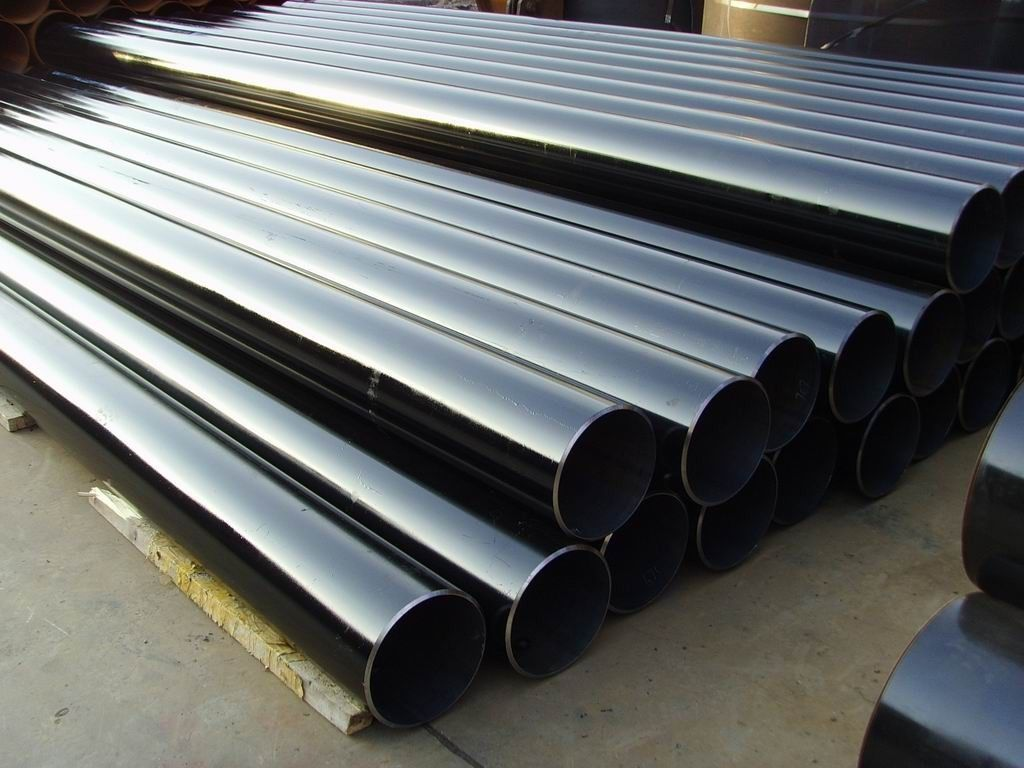-
Cangzhou Yulong Steel Co., Ltd.
-
Phone:
+86 13303177267 -
Email:
admin@ylsteelfittings.com
- English
- Arabic
- Italian
- Spanish
- Portuguese
- German
- kazakh
- Persian
- Greek
- French
- Russian
- Polish
- Thai
- Indonesian
- Vietnamese
- Zulu
- Korean
- Uzbek
- Hindi
- Serbian
- Malay
- Ukrainian
- Gujarati
- Haitian Creole
- hausa
- hawaiian
- Hebrew
- Miao
- Hungarian
- Icelandic
- igbo
- irish
- Japanese
- Javanese
- Kannada
- Khmer
- Rwandese
- Afrikaans
- Albanian
- Amharic
- Armenian
- Azerbaijani
- Basque
- Belarusian
- Bengali
- Bosnian
- Bulgarian
- Catalan
- Cebuano
- China
- China (Taiwan)
- Corsican
- Croatian
- Czech
- Danish
- Esperanto
- Estonian
- Finnish
- Frisian
- Galician
- Georgian
- Kurdish
- Kyrgyz
- Lao
- Latin
- Latvian
- Lithuanian
- Luxembourgish
- Macedonian
- Malgashi
- Malayalam
- Maltese
- Maori
- Marathi
- Mongolian
- Myanmar
- Nepali
- Norwegian
- Norwegian
- Occitan
- Pashto
- Dutch
- Punjabi
- Romanian
- Samoan
- Scottish Gaelic
- Sesotho
- Shona
- Sindhi
- Sinhala
- Slovak
- Slovenian
- Somali
- Sundanese
- Swahili
- Swedish
- Tagalog
- Tajik
- Tamil
- Tatar
- Telugu
- Turkish
- Turkmen
- Urdu
- Uighur
- Welsh
- Bantu
- Yiddish
- Yoruba

Sep . 24, 2024 18:54 Back to list
Flexural Strength Analysis of Tubular Steel Structures in Engineering Applications
Bending Tubular Steel Techniques and Applications
Bending tubular steel is a crucial process in various industries, widely utilized in construction, automotive, and manufacturing sectors. The ability to manipulate this versatile material shapes its applications, allowing for the creation of complex structures and components that are both functional and aesthetically pleasing.
Tubular steel, characterized by its hollow cross-section, provides distinct advantages over solid steel. Its lightweight nature, combined with exceptional strength, makes it an ideal choice for structures that require both resilience and reduced weight. However, bending this steel requires specific techniques and tools to achieve the desired results without compromising its structural integrity.
The bending process typically involves the use of specialized machinery such as tube benders, which are designed to apply controlled force to the steel tubing. There are several methods employed for bending tubular steel, including rotary draw bending, mandrel bending, and roll bending. Each method has its own set of advantages and suitability based on the application and specifications of the project.
1. Rotary Draw Bending This is one of the most common methods used for bending tubular steel. The tube is drawn around a die that shapes the material while providing support to prevent deformation. This technique is ideal for achieving precise angles and tight radii, making it perfect for applications like furniture design and architectural structures.
bending tubular steel

2. Mandrel Bending Mandrel bending involves inserting a device (the mandrel) inside the tube to maintain its shape during the bending process. This method minimizes the risk of flattening and ovaling, which can occur with tighter bends. It's particularly useful when the finished product must maintain consistent wall thickness and structural integrity, making it suitable for automotive exhaust systems and aerospace components.
3. Roll Bending This technique uses three rollers to continuously press the tube, gradually bending it into the desired shape. Roll bending is often preferred for creating large arcs or gentle curves and is commonly used in the fabrication of frames and supports in construction projects.
The applications of bent tubular steel are vast. In the construction industry, it can be found in scaffolding, railings, and structural frameworks. The automotive industry utilizes bent tubular steel for exhaust systems, chassis components, and roll cages, ensuring safety and performance. Additionally, the manufacturing of furniture, such as chairs and tables, often incorporates bent tubular steel for both strength and modern design aesthetics.
In conclusion, the bending of tubular steel is a vital process that enhances the versatility and durability of steel products. Through various techniques, industries can create a range of applications that meet specific needs while maintaining structural integrity. As technology advances, the methods of bending tubular steel continue to evolve, promising even greater possibilities for innovation and design in the future.
Latest news
-
ANSI 150P SS304 SO FLANGE
NewsFeb.14,2025
-
ASTM A333GR6 STEEL PIPE
NewsJan.20,2025
-
ANSI B16.5 WELDING NECK FLANGE
NewsJan.15,2026
-
ANSI B16.5 SLIP-ON FLANGE
NewsApr.19,2024
-
SABS 1123 FLANGE
NewsJan.15,2025
-
DIN86044 PLATE FLANGE
NewsApr.19,2024
-
DIN2527 BLIND FLANGE
NewsApr.12,2024
-
JIS B2311 Butt-Welding Fittings LR/SR 45°/90° /180°Seamless/Weld
NewsApr.23,2024











